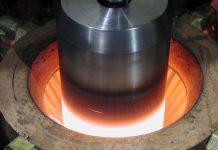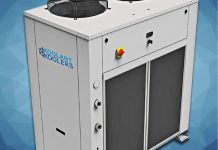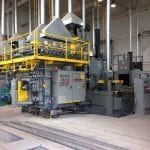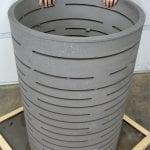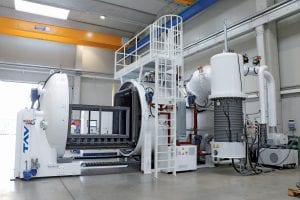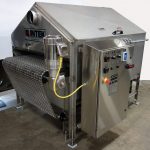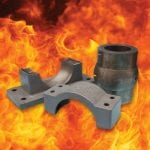When heat treaters are looking for a furnace that will fit the bill, their No. 1 priority is getting equipment with consistent temperature uniformity, and Ajax Electric’s salt-bath furnaces are backed by more than 80 years of experience to ensure they meet that standard.
“That’s a very important aspect to heat treaters, and we can do that,” said Donna Stelman, president of Ajax Electric. “We deliver it consistently.”
Ajax Electric’s custom-built salt-bath furnaces use closely spaced electrodes parallel to each other, permitting electromagnetic circulation of the salt, according to Stelman.
“That was a big thing that happened back in 1936, and that’s pretty much how we started,” she said. “The reason why that was such an amazing thing is because of the way these electrodes made the salt circulate. It was necessary for temperature uniformity, and that was very, very important back then.”
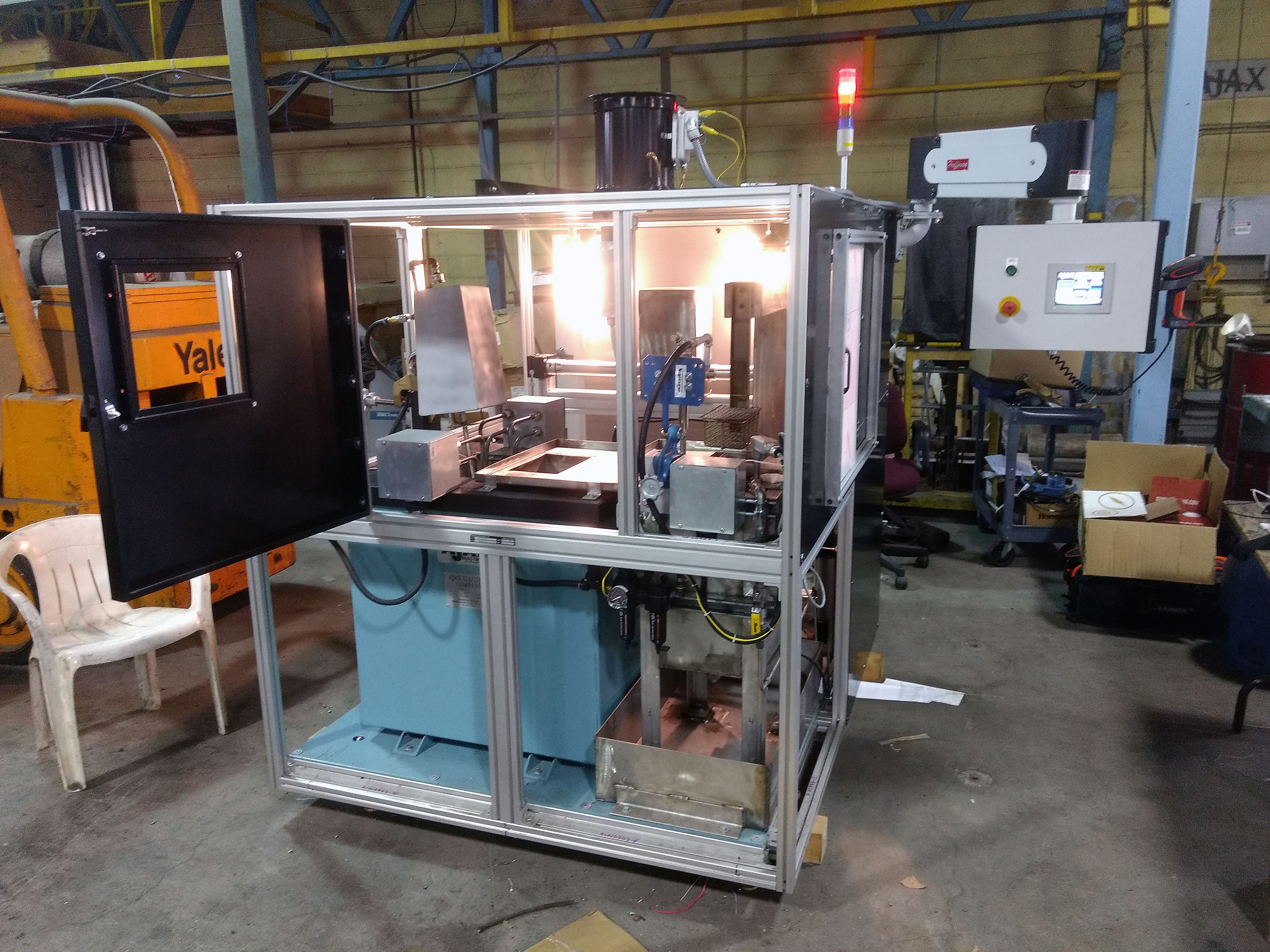
Why salt bath?
And it still is today. Electric salt-bath furnaces are still at the heart of what Ajax supplies, but the company has continued to branch out over the decades.
The advantages of a salt-bath furnace are many:
- Circulation provides precise temperature control. The spacing of Ajax heating elements used for internal heating results in the automatic circulation of salt, which benefits from the uniformity of temperature and heat treatment.
- Since heat is transferred by direct contact of the work with a heating medium of high heat capacity, Ajax salt baths heat the work much faster than radiation or convection furnaces.
- Since work heats faster than in atmosphere or vacuum furnaces, smaller equipment is required for the same production level.
- With the salt bath, the work is in contact at all points with the heating medium with no distortion.
Offering spare parts
Ajax is also using its vast experience in salt-bath heat treating by offering a line of spare parts.
“Anything that goes along in the manufacturing process that the salt-bath furnace needs, which is usually a wash-and-rinse tank, a preheat chamber, and enclosures,” she said.
That led into Ajax acquiring Central Panel, which is Ajax’s subsidiary company that makes the electrical control panels that run the furnaces.
“It’s like one-stop shopping here,” Stelman said. “If you have a heat-treatment application or process, Ajax can help you with every form of it.”
The types of industries that can benefit from Ajax’s salt-bath furnaces have covered a wide range over the company’s history.
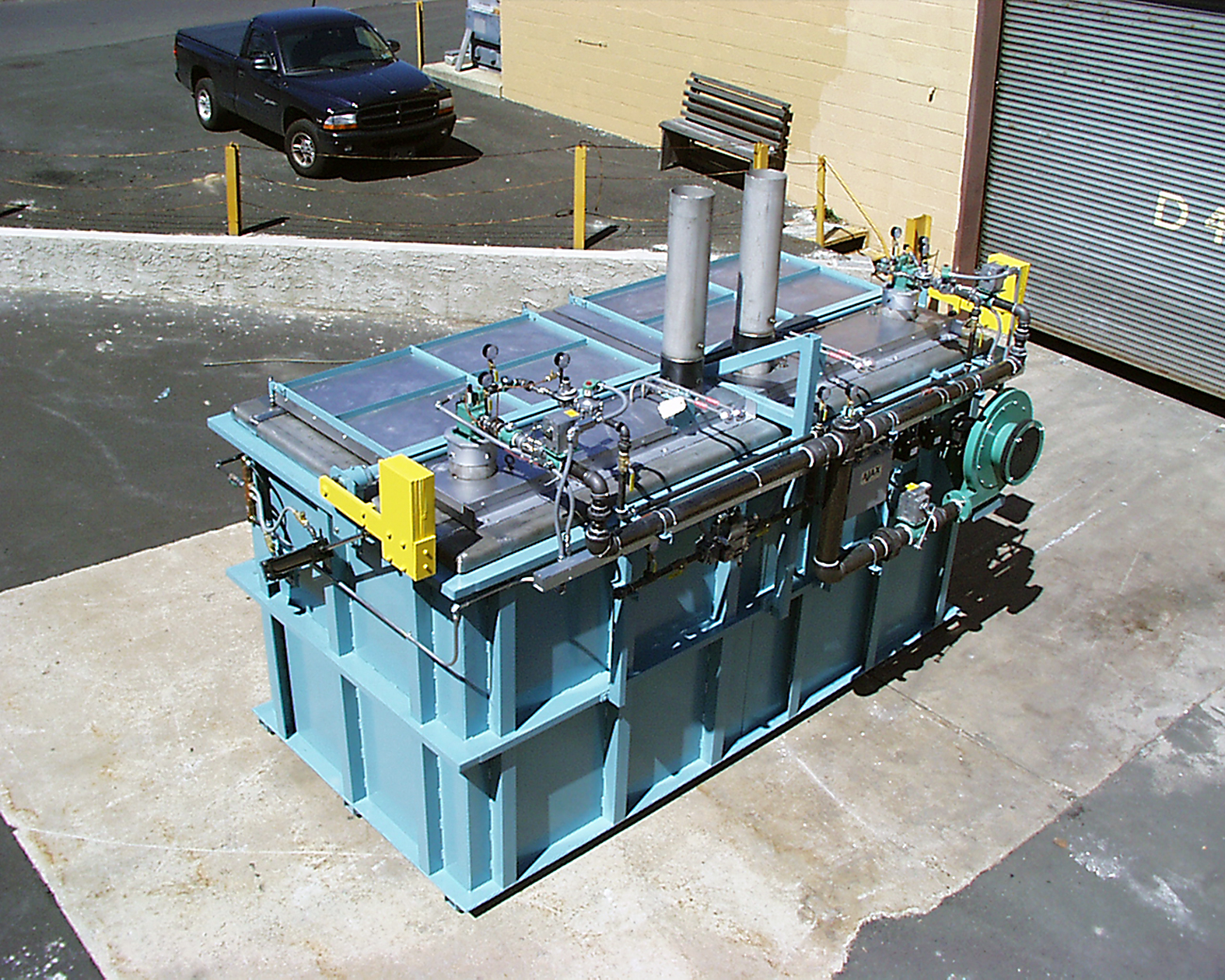
Serving many industries
Industries that use Ajax furnaces include auto and airplane manufacturers, tool manufacturers, and, more recently, pharmaceutical companies that use salt baths for their memory wire.
Since Ajax Electric’s furnaces are custom built, a big part of the company’s philosophy is how it races to solve each customer’s special requirements, according to Stelman.
“We do our furnace design based on our customers’ needs,” she said. “We’re a small company, so I can put together in a room my salesman who has talked to the customer, my engineer who designs the furnace, and my serviceman who has been to the facility and to many facilities like it and can anticipate what might go wrong. We can talk to a customer and say, ‘We’ve done this before.’ ”
And with more than 80 years of experience, “we’ve done this before,” takes on even more weight in meeting a customer’s challenge.
“We have all that data here,” Stelman said. “We can tell you this will work this way, and this won’t work this way. You might want it to do this, but it’s not going to do this, or vice versa. Customer challenges are usually like that, but there’s rarely something that comes up that hasn’t been discussed before.”

Meeting new needs
As Ajax has entered the 21st century, it’s important the company move into areas that more customers are demanding: namely, automation. Luckily, Ajax has been making inroads into that next level for years, according to Stelman.
“People used to heat treat basically in an old manufacturing plant by hand, and now companies want full automation, and we did whatever the customer wanted,” she said. “That opened up a lot of things for us, and it continues to. Not only did we get into automation, now everything’s robotic. They can produce product while basically sitting at a desk running these furnaces.”
Stelman, who has been with Ajax for 30 years, emphasized that, even though salt-bath processing hasn’t changed that much over the years, it still enjoys incremental improvements.
“It’s almost like when you have this Tide laundry detergent, and they say it’s new and improved, but it hasn’t really changed much; we are doing the same thing we’ve done since we started with salt,” she said. “But it’s all a matter of how you do it. Now you’re doing it with fewer workers, and again you have to be in tune with what your customers want. They’re all going after safety aspects that were never thought of before. Safety used to be: Put a sign on it that says, ‘Danger, it’s hot,’ you know? Now safety is where, if something doesn’t work — this lever doesn’t go this way — things have to shut down, just like that. And it’s all in the programs; it’s all in the robotics; it’s all in the automation, and I think that’s how you get an older company like ours that is doing business with the same kind of equipment for many years into this century.”
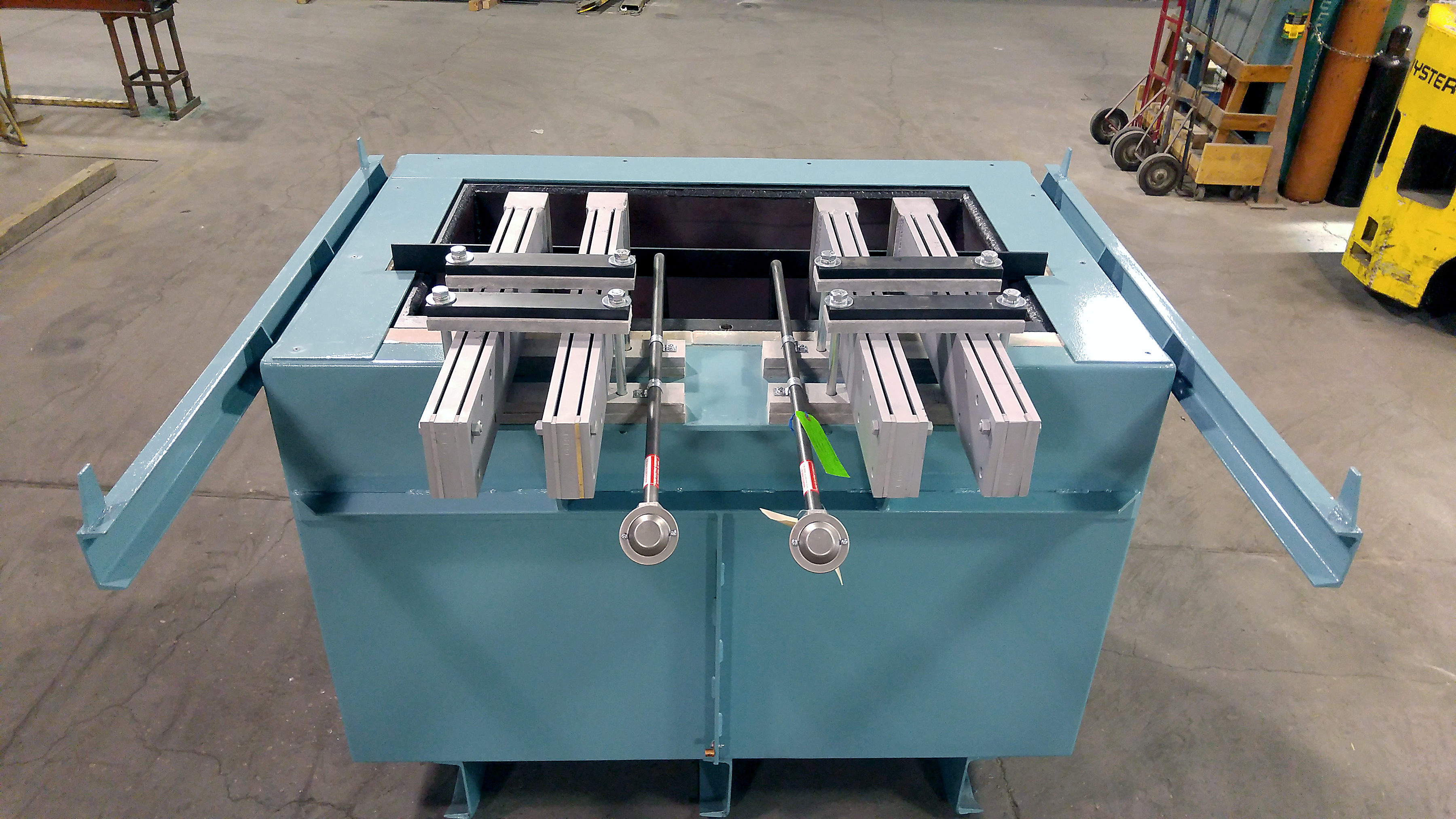
Taking on the competition
And Stelman has found that, along with the Internet of Things having an impact on her company, she also benefits from outsourcing the expertise that makes those advantages happen.
“You don’t have to bring a robotics expert on site; you don’t have to bring him in house,” she said. “I can continue to be a very small company and outsource the things I need help with.”
But being a small company doesn’t mean Ajax doesn’t have the teeth to compete with bigger companies, according to Stelman.
“Some of my competitors’ equipment is expensive to run and takes up a lot of floor space,” she said. “My equipment can compete hand over fist with those people. A salt bath is small compared to a vacuum oven or compared to a hot air oven.”
With Ajax’s established history — even though Ajax officially opened its doors in 1954, the salt-bath furnace it supplies has been around since 1936 — Stelman points out that the need for salt-bath furnaces will continue for many years to come, and Ajax will be available to meet those needs.
“Ajax has been here forever,” she said with a laugh. “I think that’s what we’ve got going for us. We have a customer reputation.”
MORE INFO www.ajaxelectric.com










